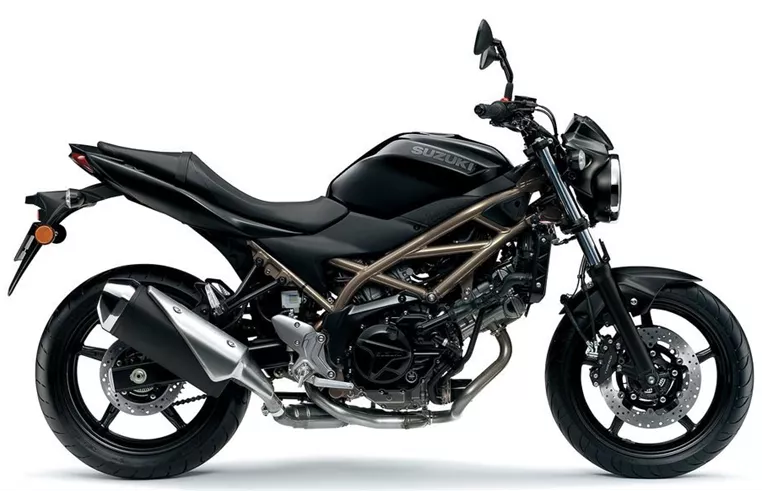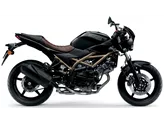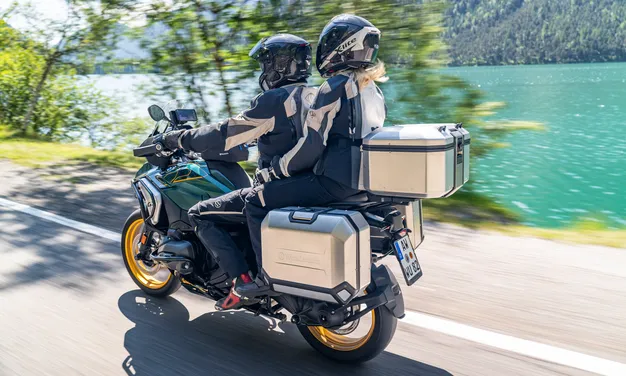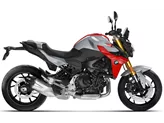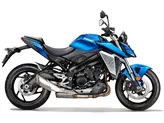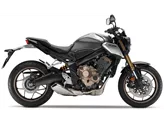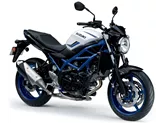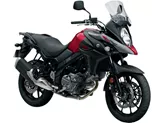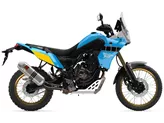Suzuki SV 650 2021 vs. BMW F 900 R 2021
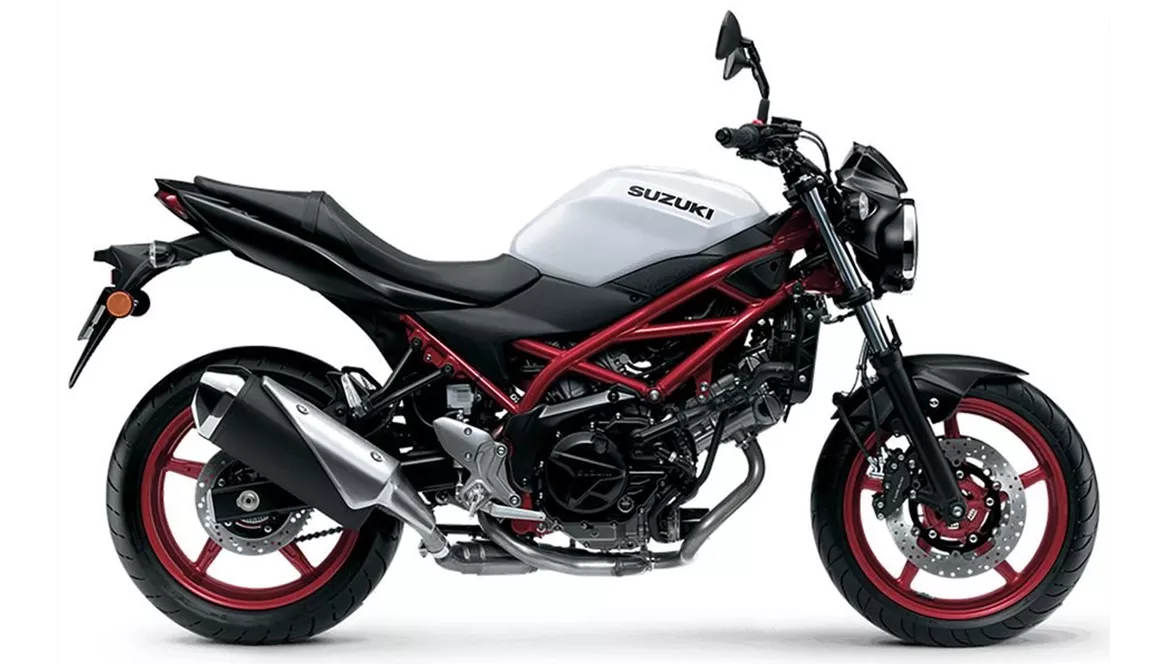
Suzuki SV 650 2021
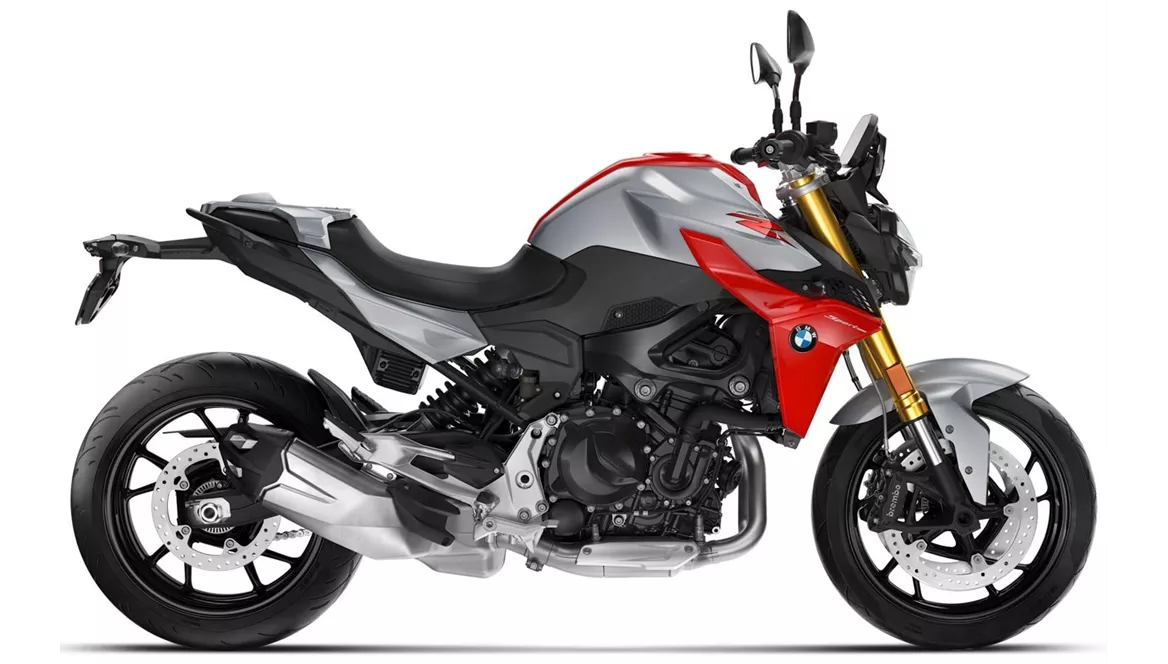
BMW F 900 R 2021
Overview - Suzuki SV 650 2021 vs BMW F 900 R 2021
The Suzuki SV 650 2021 and the BMW F 900 R 2021 are both naked bikes with similar engine configurations and technical specifications. However, there are some notable differences between the two models.
In terms of engine power, the BMW F 900 R has a clear advantage with 105 HP compared to the Suzuki SV 650's 73 HP. The BMW also has a higher torque of 92 Nm compared to the Suzuki's 64 Nm. This means that the BMW will likely offer more acceleration and overall performance.
Both bikes have a fuel injection system and liquid cooling, ensuring efficient and reliable operation. They also have a 2-cylinder engine configuration, which provides a good balance of power and smoothness.
In terms of suspension, both bikes feature a swing arm and a monoshock rear suspension. However, the BMW F 900 R offers additional adjustment options for preload and rebound, allowing riders to fine-tune the suspension to their preferences. The Suzuki SV 650 only offers preload adjustment.
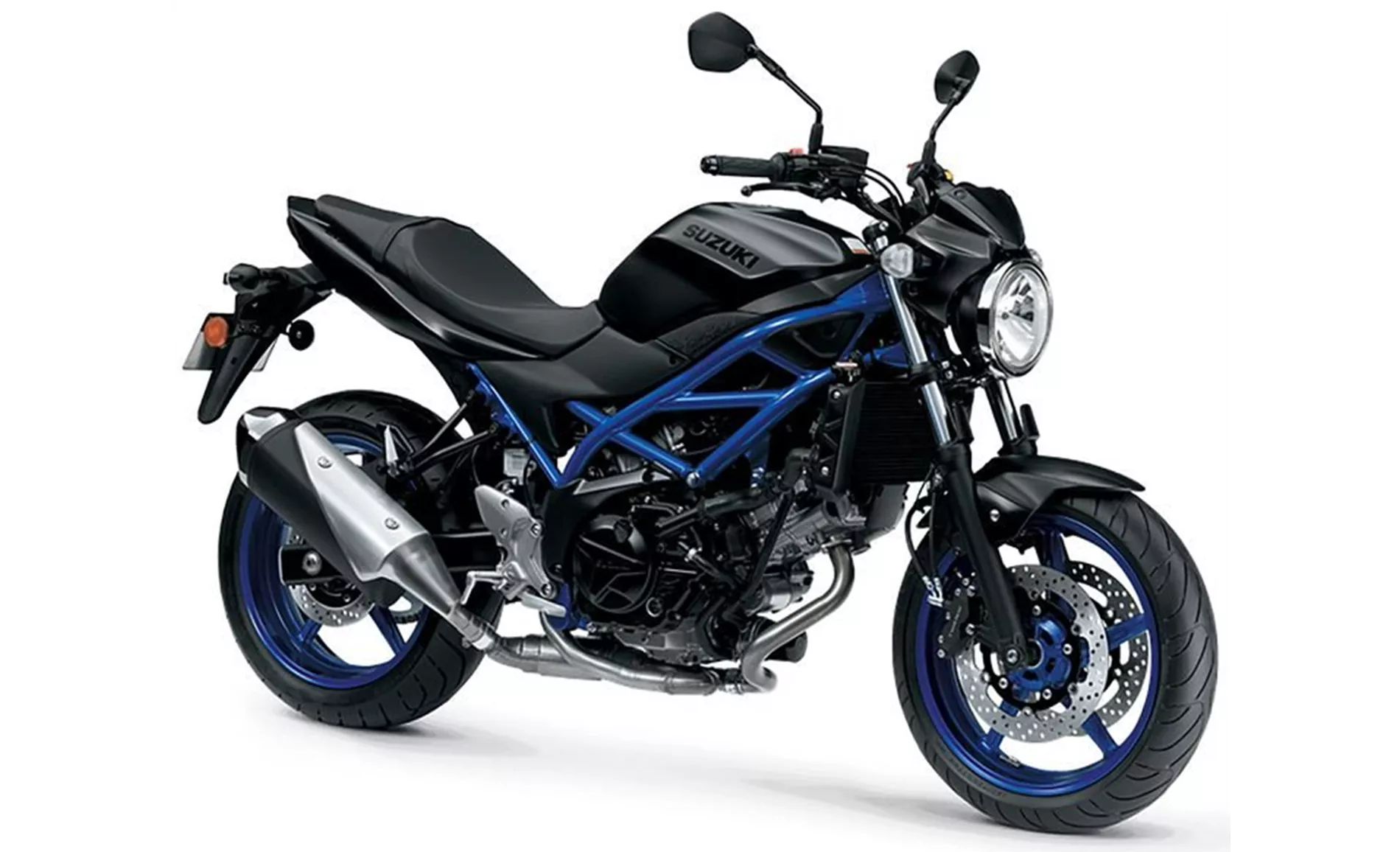
Suzuki SV 650 2021
Both bikes have a steel frame, providing a sturdy and stable platform. The BMW F 900 R has a twin tube frame that is load-bearing, which enhances the bike's overall rigidity and handling.
When it comes to braking, both bikes have double disk brakes at the front with four pistons. The BMW F 900 R has larger diameter disks (320 mm) compared to the Suzuki SV 650 (290 mm), which may provide improved stopping power. Both bikes are equipped with ABS for added safety.
In terms of dimensions and weights, the BMW F 900 R has a slightly longer wheelbase (1518 mm) compared to the Suzuki SV 650 (1445 mm). The seat height of the BMW is also higher at 815 mm compared to the Suzuki's 785 mm. The BMW is slightly heavier with a kerb weight of 211 kg, while the Suzuki weighs 200 kg.
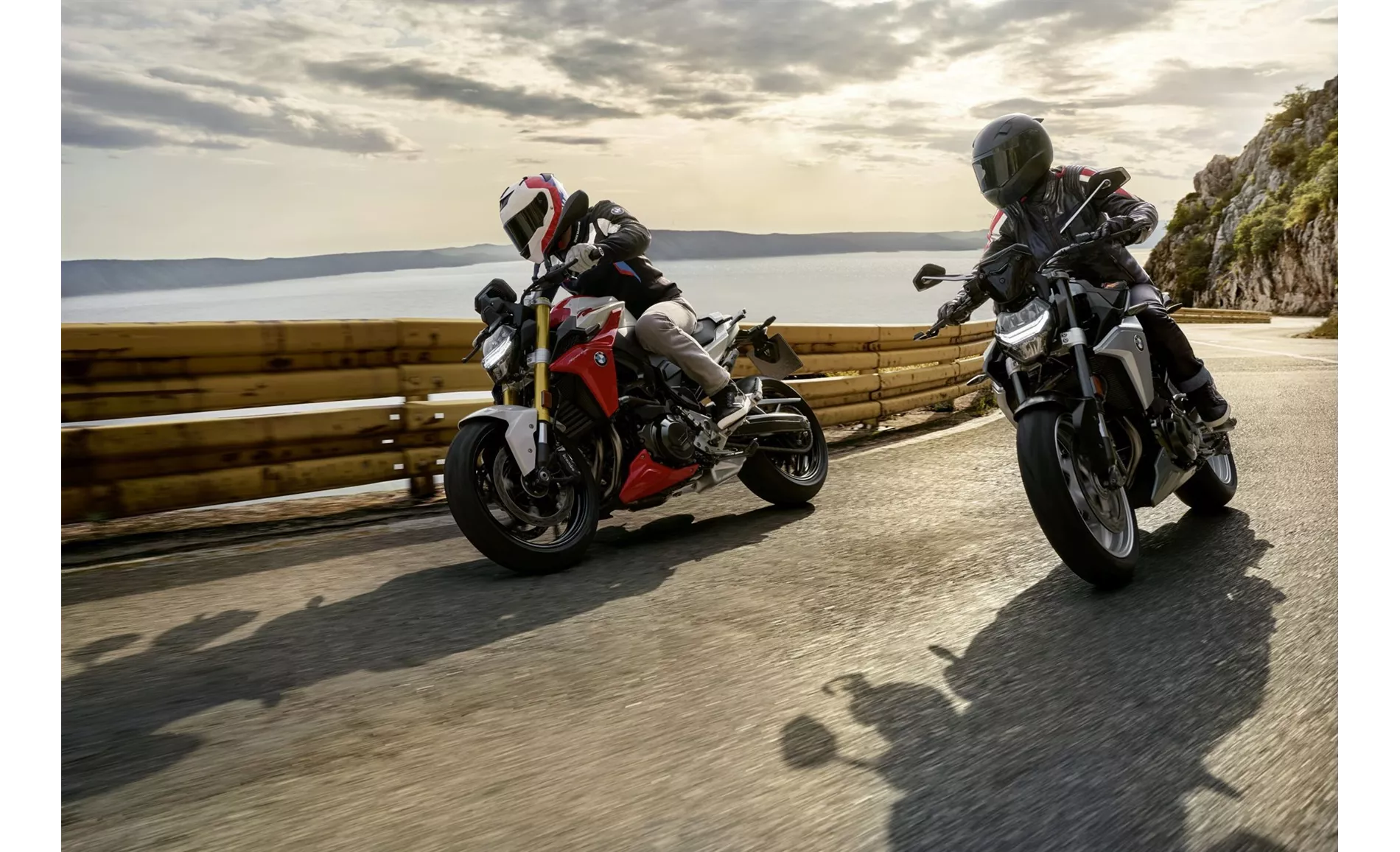
BMW F 900 R 2021
The BMW F 900 R offers a wider range of advanced rider assistance systems compared to the Suzuki SV 650. It includes ABS, anti-slipping control, and riding modes, providing additional safety and customization options.
In terms of strengths, the Suzuki SV 650 is praised for its confident V2 powerplant with character, stable chassis, comfortable seating position, easy handling, and timeless look. On the other hand, the BMW F 900 R is commended for its great cockpit and functional connectivity, extensive electronics, accessible yet casual handling, wide choice of equipment and configuration options, and a suspension that allows for a wide range of use.
However, the Suzuki SV 650 does have some weaknesses, including a brake that requires manual force, lack of onboard electronics apart from ABS, and moderately readable instruments. The BMW F 900 R has a few weaknesses as well, including a slightly stiff gearstick, a rough engine at higher RPMs, and a poor splash guard at the rear.
Overall, both the Suzuki SV 650 2021 and the BMW F 900 R 2021 are capable naked bikes with their own strengths and weaknesses. The choice between the two will ultimately depend on the rider's preferences and priorities, whether it be power, handling, features, or overall aesthetics.
Technical Specifications Suzuki SV 650 2021 compared to BMW F 900 R 2021
Pros and Cons in comparison
Pros and Cons in comparison
Suzuki SV 650 2021
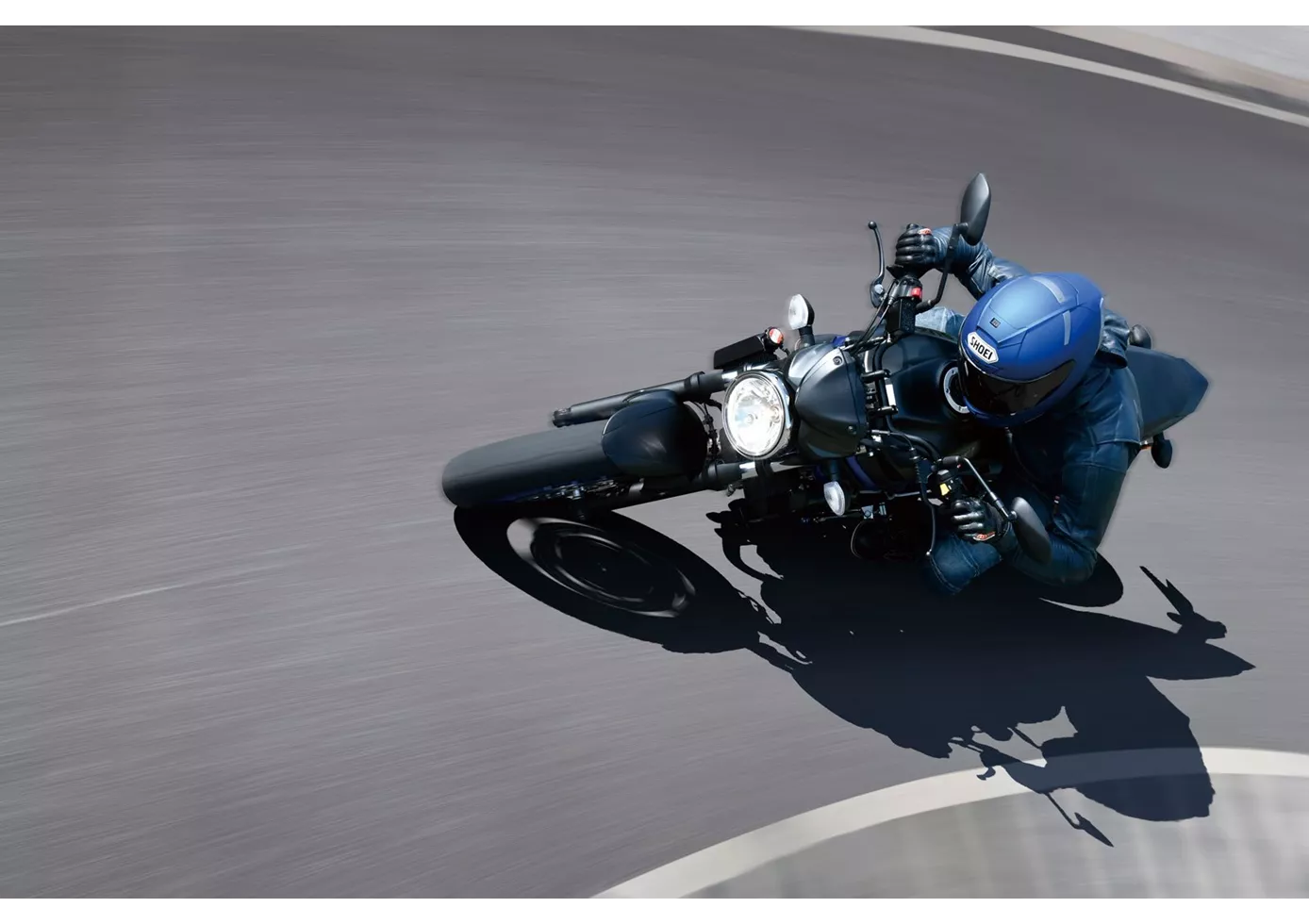
Not much has changed on the Suzuki SV 650 compared to its predecessor, five years ago. The engine has been updated to Euro5 and is now even more mature, which fits in perfectly with the rest of the package. The SV 650 doesn't want to scare anyone, especially beginners. The chassis makes a solid, unagitated impression, the brakes require a lot of manual force to prevent unexpected overbraking. The look is timeless on the one hand, but on the other hand some components are really a bit outdated. On the other hand, the price is fair, as usual for Suzuki.
BMW F 900 R 2021
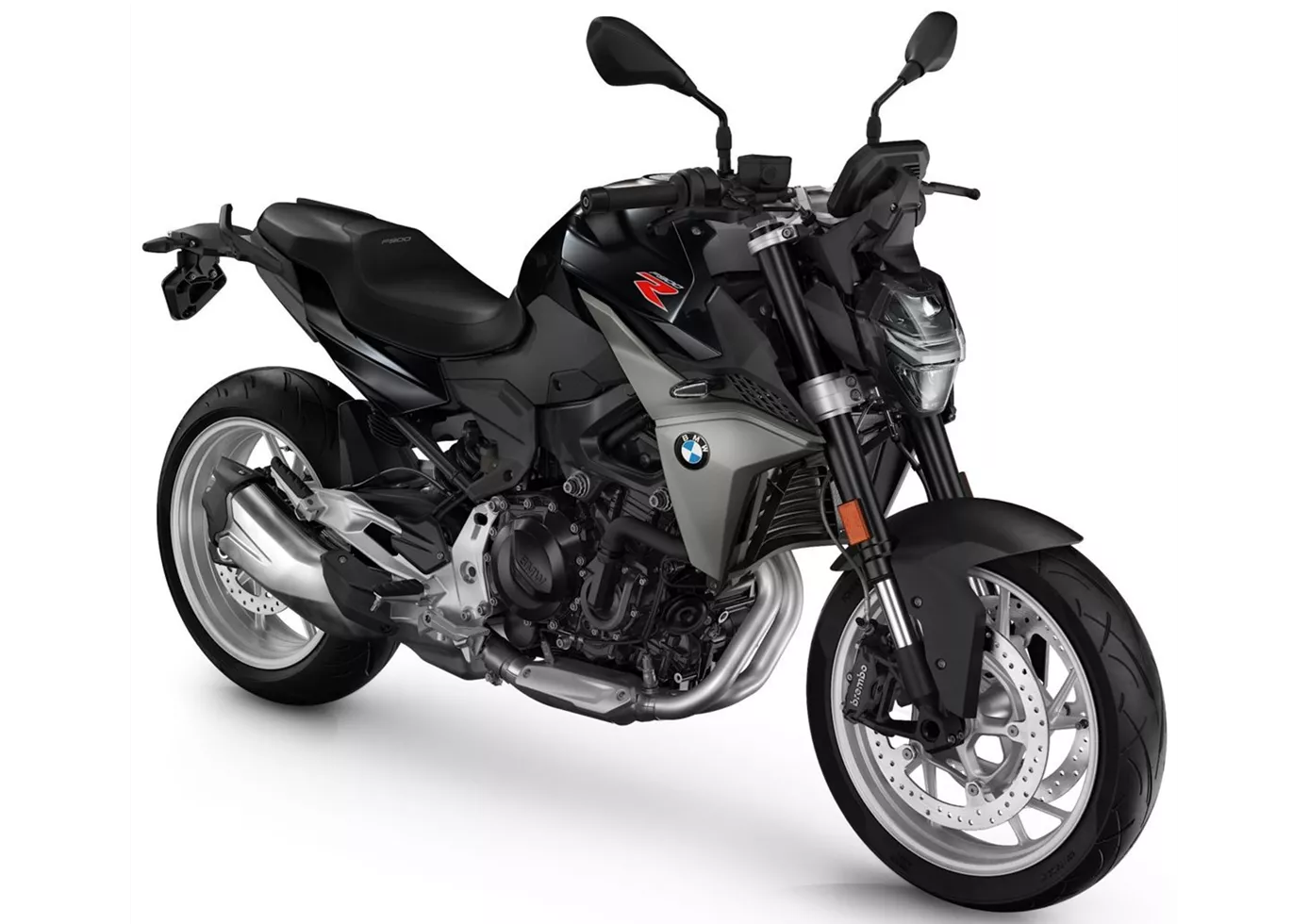
The BMW F 900 R is a full-grown motorbike. 895 cc, 105 hp and 92 Nm smell of versatility. The F 900 R fulfils this promise completely. The motorbike, including electronics and components, does a great job in every situation. But of all things, the heart of the bike, the engine and transmission unit, does not shine in premium gloss.
Price Comparison Avarage Market Price Suzuki SV 650 vs BMW F 900 R
There are a few key differences between a Suzuki SV 650 2021 and a BMW F 900 R 2021. In terms of price, the actual average price of a BMW F 900 R 2021 is about 59% higher. A Suzuki SV 650 2021 experiences a loss of 130 GBP in one year and 520 GBP in two years of ownership. This is offset by a loss of 360 GBP and 600 GBP for a BMW F 900 R 2021. Compared to BMW F 900 R 2021 there are less Suzuki SV 650 2021 bikes available on the 1000PS.de Marketplace, specifically 13 compared to 17. It takes less time to sell a BMW F 900 R with 67 days compared to 111 days for the Suzuki SV 650. Since model year 2005 1000PS.de editors have written 25 reviews for the Suzuki SV 650 and 24 reviews for the BMW F 900 R since model year 2020. The first review for the Suzuki SV 650 was published on 26/09/2008 and now has more than 14,200 views. This compares to more than 154,700 views for the first review on BMW F 900 R published on 05/11/2019.
